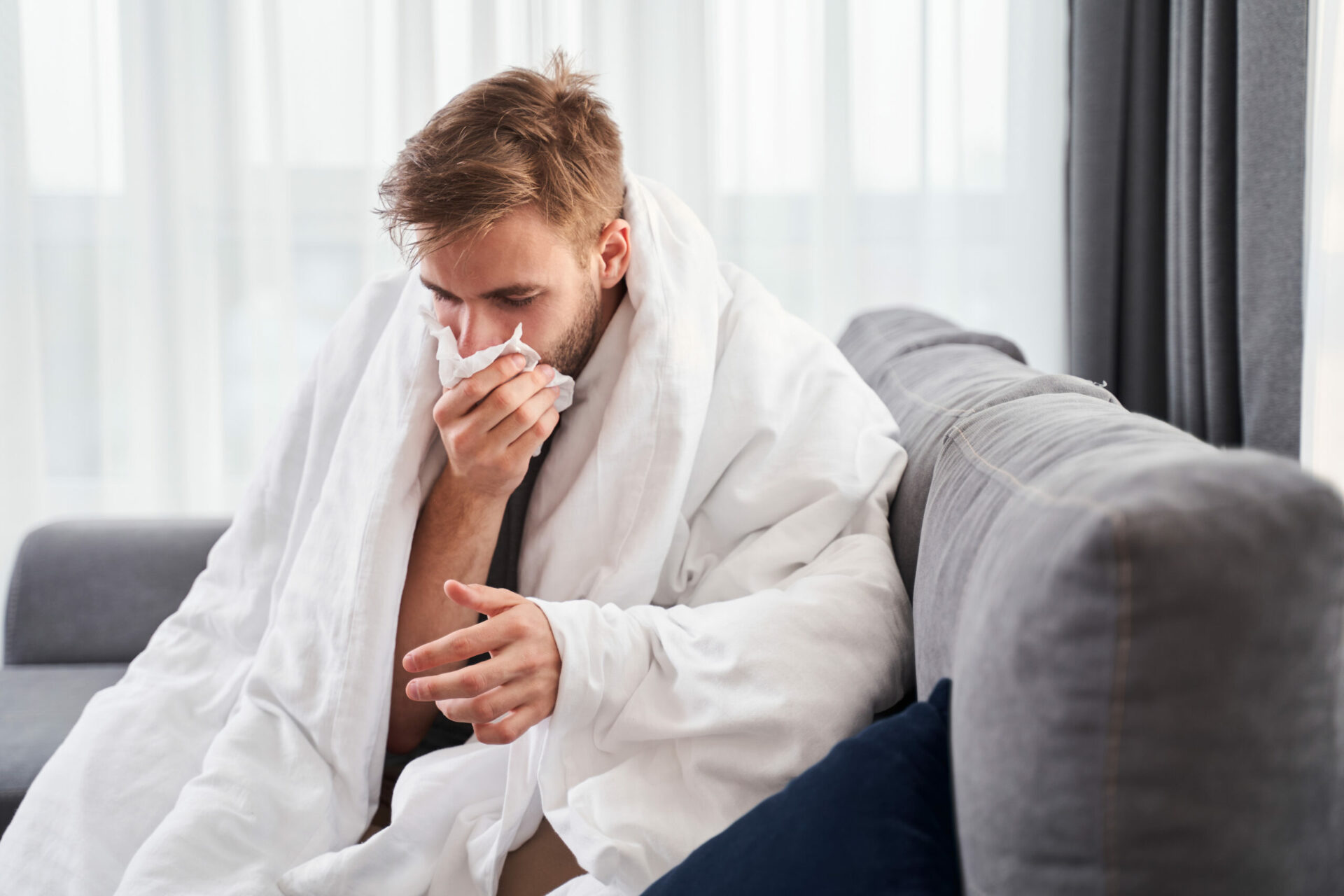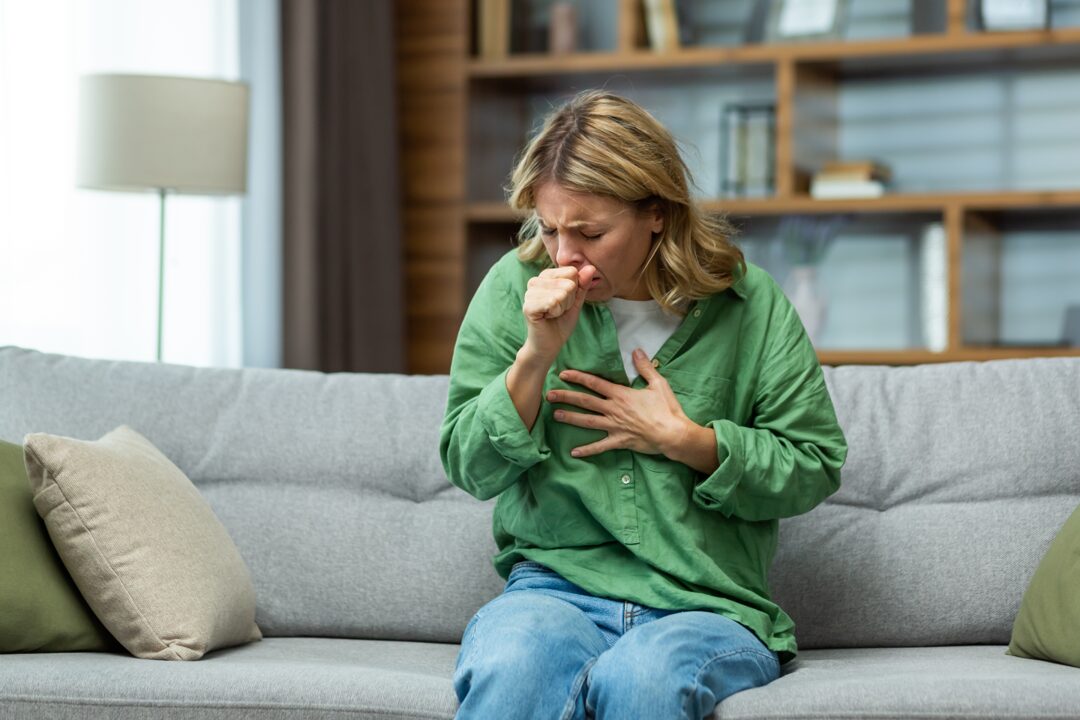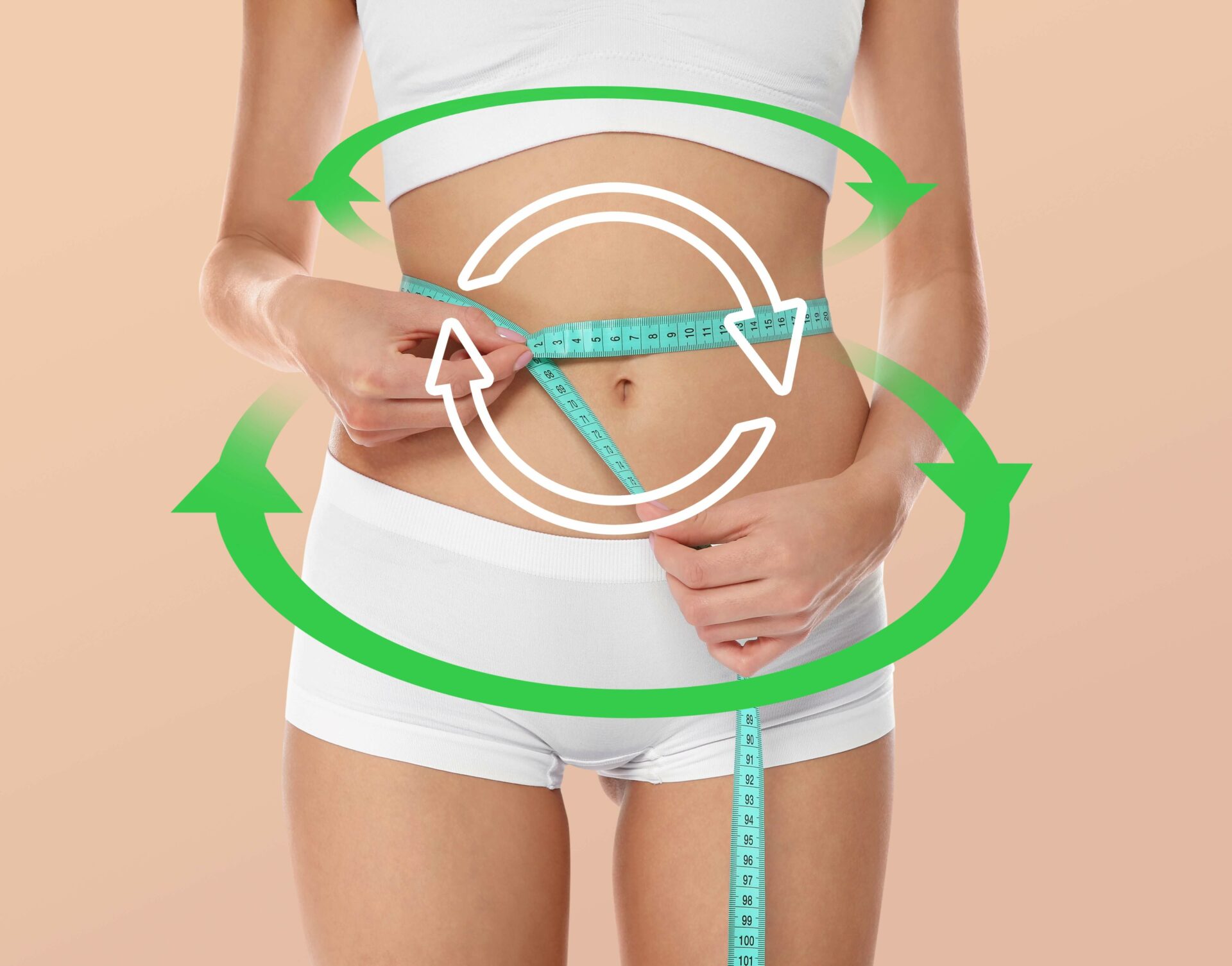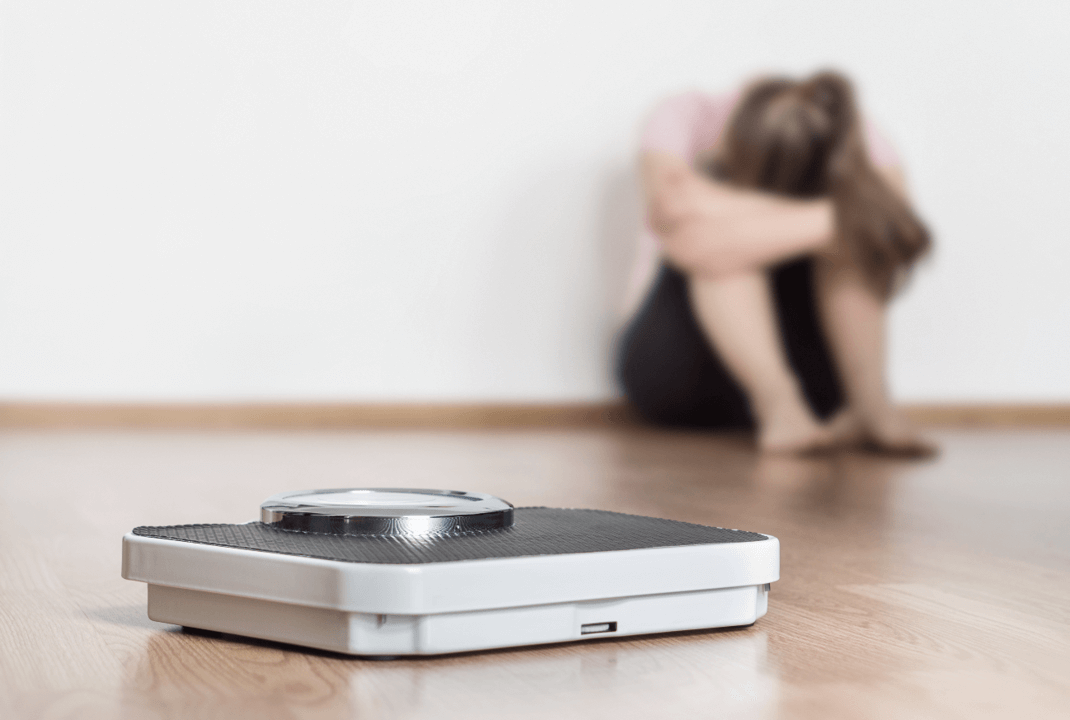Emergency - There are too few blood donations
There is a high demand for blood donations in the acute healthcare sector. The daily demand is around 14,000 blood preparations to ensure patient care. Since many operations were postponed in the last two pandemic years and these are now slowly being made up, the demand for blood is rising sharply again.
For a good supply, the proportion of regular donors would have to double. Currently, only about 3% of potential blood donors donate regularly. To refill the almost empty shelves in hospitals, the percentage should increase to 6%.
The German Red Cross reported a decrease in blood donations of up to 30%. There are several reasons that explain this:
- The Corona Pandemic severely restricted access to clinics in recent years. Outlet restrictions and bans on large gatherings have resulted in fewer blood donations being organized.
- The Demographic change describes the current development of the population structure. More and more old people are being confronted with the proportion of young people. Since blood donation is only possible until the mid-60s, the proportion of the population capable of donating blood is becoming smaller and smaller. The few young people are confronted with a growing group of seniors who, due to their increasing age, are more and more frequently in inpatient treatment and consequently need more blood preparations.
- In addition, the number of blood donations is also always linked to the Seasons coupled. In summer and during the vacation season, there are fewer donors than in the other months. Potential donors are simply not in the country, which is why the numbers of blood donations plummet. But very low temperatures can also affect the willingness to donate. So can major social events.
Blood components - What exactly is donated?
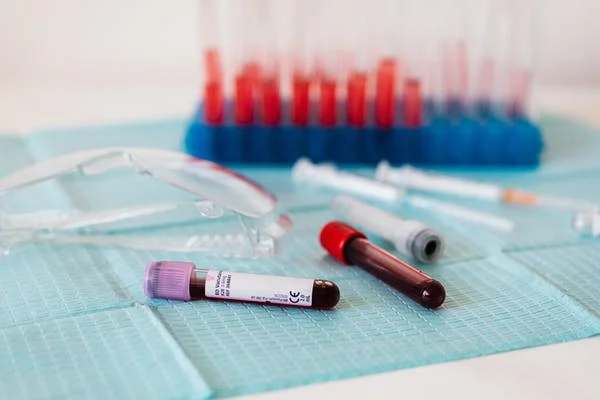
During blood donation, the blood is divided into three different blood preparations, each of which fulfills different functions. The individual components are used specifically for certain diseases or injuries. With a whole blood donation you can therefore help up to 3 people.
The three blood components are as follows:
- Blood plasma
- Blood platelets (thrombocytes)
- Red blood cells (erythrocytes)
Blood plasma donation
Blood plasma makes up 55% of the blood and is the fluid, cell-free portion of the blood. Viewed separately, blood plasma is transparent to slightly yellowish and consists largely of water. It also contains proteins, which perform essential functions.
Functions of the blood plasma:
- It transports metabolic products, defense substances and hormones
- It ensures that blood pressure remains stable
- It helps in the defense against pathogens
- It provides for blood clotting
Plasma is mainly used for drug production and therapeutic use. It is collected in whole blood. As a donor, one can also decide to donate only the blood plasma. However, this is a more complex procedure and can only be performed in certain institutes. In the case of a pure blood plasma donation, the remaining components of the blood are returned to the donor.
Blood platelet donation
The blood platelets are responsible for wound care, they act like the body's own plaster. The donation of blood platelets can be vital, especially for people with clotting disorders.
Like blood plasma, platelets can be donated individually. Here, too, the whole blood is first drawn and then filtered so that the rest of the blood can be returned. However, this procedure is rather rare.
Whole blood donation
Most often, whole blood is donated during a blood donation. The donation is further processed in laboratories and divided into its individual components. In a regular whole blood donation, 500ml of blood is collected in about 10 minutes. The body can replenish the removed amount of proteins already after 48 hours. The body needs about two weeks to completely replace the blood cells that have been removed.
Blood Donor Guide
Doing good can be so simple
For you, it's just a little prick with a needle - for the recipient, it can mean precious life!
With every blood donation, you receive a free health check, during which your vital signs are checked and your blood is tested for certain infectious diseases. So you are not only helping an anonymous recipient, but also yourself. In addition, donating blood has a positive effect on blood pressure and can thus reduce the risk of cardiovascular disease.
How often may I donate?
In principle, women are allowed to donate blood 4 times and men 6 times a year.
There must be at least 8 weeks between two donations so that the body has enough time to recover from the removal and to compensate for the iron loss. For women, this can also take up to 2 months. Before the blood donation, the iron value is checked again. If your iron level is too low, you will not be allowed to donate for your own protection.
Blood Donation Checklist
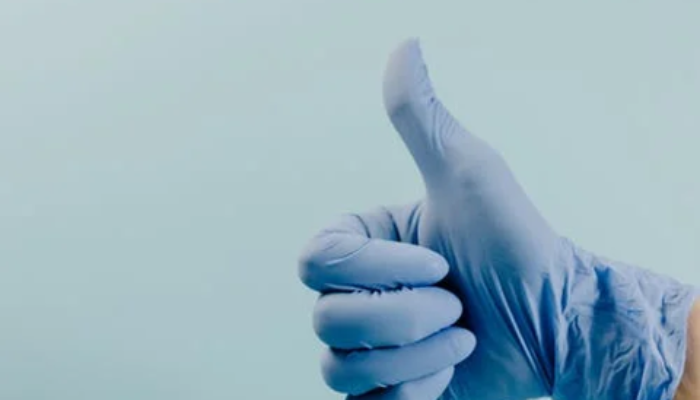
- You are between 18 and 64 years old
- Your weight is between 50 and 160kg
- On the day of blood donation you should feel healthy and fit
- Before the donation you should drink enough (about 1.5l) and eat (preferably low fat)
- 12 hours before the donation you should not drink alcoholic beverages
- You should not do any sports before the donation
- After the donation you should avoid great efforts
- You should not smoke after the donation
- After the donation you should let the rest of the day go by quietly



